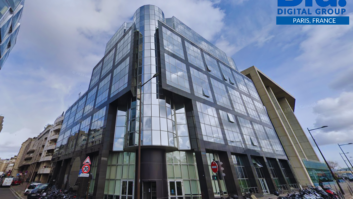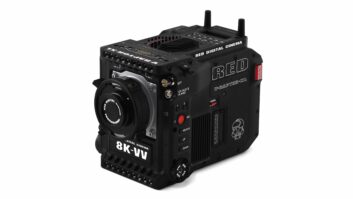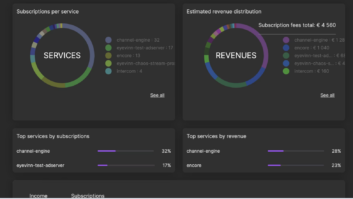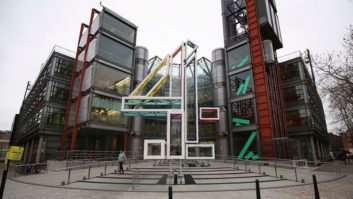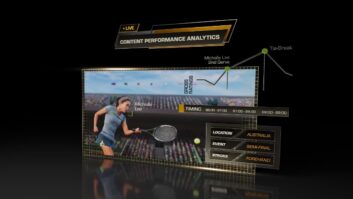Highlander: The Source completed principle photography in Lithuania December 8, having shot for eight weeks with four Viper Digital Cinematography cameras supplied and supported by MotionFX, UK, in partnership with Digital Praxis, writes Fergal Ringrose.
The Viper cameras were used in native FilmStream mode; a format that captures a low-contrast, high dynamic range image, providing a final quality that is not dissimilar to 35mm film capture. “The problem is with viewing such images on-set” said Steve Shaw, CEO of Digital Praxis, “as well as within the offline editorial and dailies operations as it can be difficult for the production crew to make creative and quality assessments of the pictures being captured as the image is ‘raw’ and un-graded.”
The raw Viper FilmStream images are also colour biased, depending on the colour temperature of the illuminating source, producing an image that tends to show a ‘green’ cast. This further reduces the ability to assess image quality from the raw image data.
“Digital Praxis therefore developed a ViewLUT Builder specifically to enable real-time ‘graded’ viewing of Viper FilmStream images on-set, and for dailies deliverables and offline editorial ingest.” Shaw continued.
The ViewLUTs were loaded into the twodigital filmrecorders used to capture the raw FilmStream images, enabling a realtime loop-through to on-set HD monitors showing the ViewLUT ‘graded’ images for immediate Director and DoP assessment. The same ViewLUTs were later used to ingest the image in compressed form into the off-line editorial system, from which dailies rushes and an assemble edit for production review were generated.
In this way, the full quality ‘raw’ images were captured for final post production and Digital Intermediate grading, while the production team were able to see ‘graded’ images on-set and within the editorial and dailies operation.
